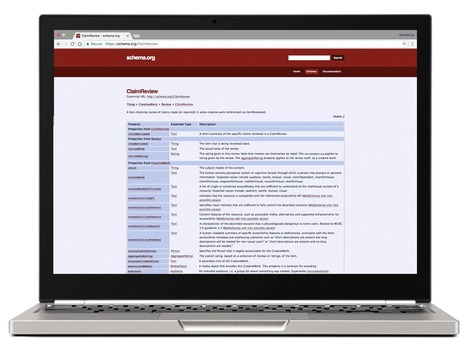"Information flies by in our social media feeds, pops into our private messages and invades our inboxes. Sometimes I feel like I can’t even keep up. On more than one occasion, I’ve shared something, then had to walk it back. I know better, and yet I still fail to be a critical consumer of information."
Via EDTECH@UTRGV



 Your new post is loading...
Your new post is loading...










